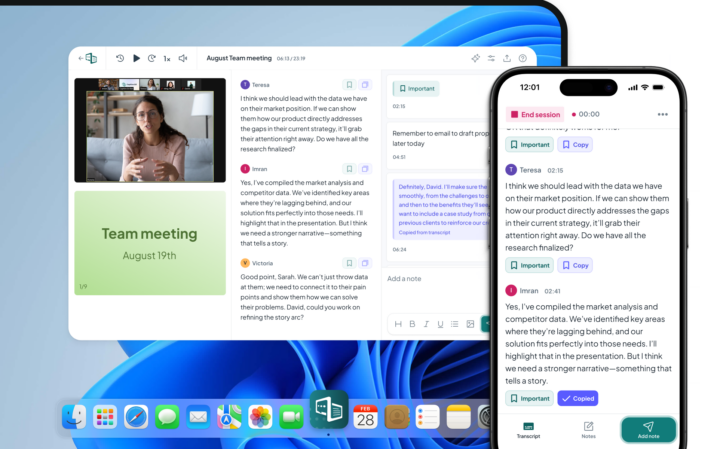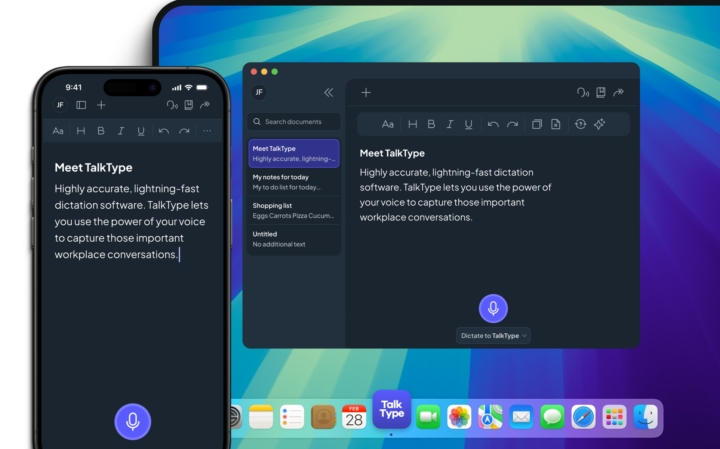The Role of the Mental Illness Flag in Promoting Awareness
Assigning May as their official “Mental Health Month”, every year the state of Kentucky displays the Mental Illness Flag in its Capital, Frankfort. By displaying the Mental Illness Flag every May, they’ve set a precedent for others. Now, all 50 US states have bought and displayed the flag in the states.
Mental health is a growing concern. Studies suggest mental health issues will affect half the world’s population during their lifetime. And the Mental Illness Flag is available to anyone who wants to promote destigmatisation and mental health acceptance. Akin to the rainbow flag on the LGBTQ+ community, the Mental Illness Flag represents unity, awareness, and acceptance of mental health issues.
The Pete Foundation sells large dimensional flags to anyone who wants to show their support in a physical form. Through sales of the flag, the foundation generates income that furthers its work with youth mental health. This initiative fills a gap where many businesses already claim they’re “flying the flag for mental health”. This way, they can buy a physical copy of the flag to do that in their buildings or at events. Doing so shows solidarity and promotes active discussion around better mental health.




